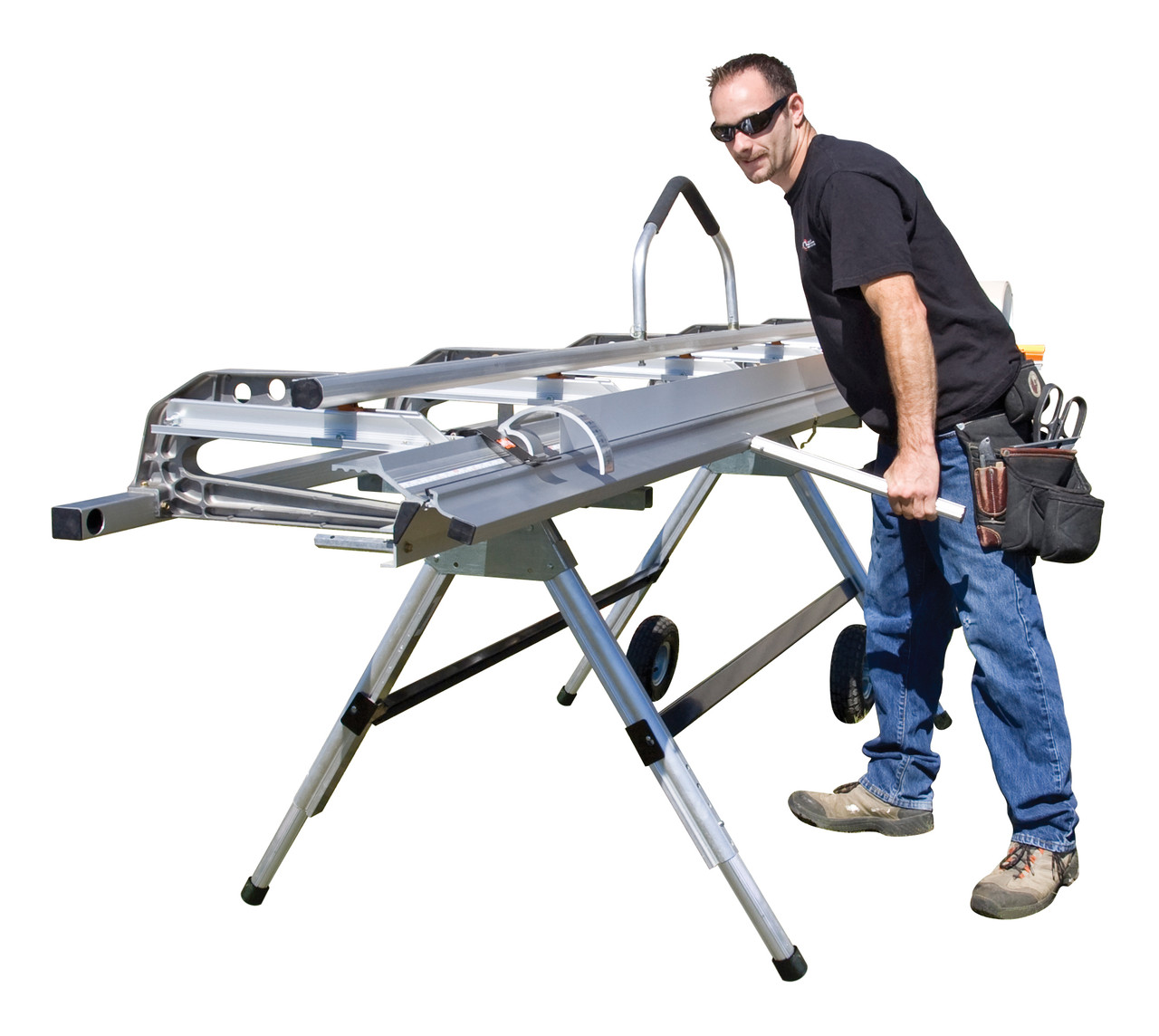

Articles
How To Use A Siding Brake
Modified: January 23, 2024
Learn how to use a siding brake with our informative articles. Discover valuable tips and techniques to achieve professional results.
(Many of the links in this article redirect to a specific reviewed product. Your purchase of these products through affiliate links helps to generate commission for Storables.com, at no extra cost. Learn more)
Introduction
Welcome to our comprehensive guide on how to use a siding brake. Whether you’re a seasoned professional or a weekend DIY enthusiast, understanding how to properly utilize a siding brake is essential when it comes to achieving flawless siding installations.
Siding brakes, also known as siding benders or siding folders, are invaluable tools for working with various types of siding materials such as vinyl, aluminum, and steel. With their adjustable clamps and bending mechanisms, siding brakes allow you to easily form clean and precise bends in siding panels, ensuring a perfect fit for your project.
In this article, we will delve into the different types of siding brakes available, discuss important safety precautions to keep in mind, and provide you with a step-by-step guide on how to use a siding brake effectively. We will also share some tips to help you improve your skills and highlight common mistakes that you should avoid along the way.
Whether you’re planning to install new siding on your home, repair existing siding, or embark on a siding installation project for a client, mastering the use of a siding brake will significantly enhance the quality of your work, save you time, and give you that professional edge.
So, let’s dive in and explore the world of siding brakes, uncovering the techniques and knowledge you need to become proficient in this invaluable skill.
Key Takeaways:
- Mastering the use of a siding brake is essential for achieving flawless siding installations, whether for personal projects or professional work. Prioritize safety, choose the right brake, and practice to perfect your skills.
- Understanding the different types of siding brakes and following safety precautions are crucial for successful siding installations. Take your time, measure accurately, and avoid common mistakes to achieve professional results.
Read more: How To Change A Brake Light Bulb
What is a Siding Brake?
A siding brake is a specialized tool used in the construction industry for bending and shaping siding materials. It is designed to create precise bends in siding panels, allowing for seamless and professional installations.
Siding brakes typically consist of a long, flat metal surface with adjustable clamps or teeth on one end. The clamps hold the siding panel securely in place while the operator applies pressure to create the desired bend. The other end of the brake can be raised and lowered, allowing for different bending angles.
These tools come in various sizes and types, including portable options for smaller projects and heavy-duty models for professional use. The size of the siding brake will often determine the maximum width of the siding panels it can handle.
Aside from their primary function of bending siding materials, some siding brakes also include features like built-in tape measures, protractors, or guides to help create accurate measurements and angles. These additional features can significantly streamline the installation process and improve overall efficiency.
Siding brakes are commonly used in siding installation projects for residential and commercial buildings. They are particularly useful when working with materials like vinyl, aluminum, and steel siding, as these materials require precision and care to achieve a seamless finished appearance.
By using a siding brake, installers can create clean, crisp bends in the siding panels, ensuring a tight fit and preventing any gaps or inconsistencies. This not only improves the visual appeal of the finished product but also enhances the durability and effectiveness of the siding installation by reducing the risk of water infiltration or warping.
Overall, a siding brake is a crucial tool for any professional siding installer or DIY enthusiast who wants to achieve professional-looking results. Its ability to create precise bends in siding materials makes it an indispensable asset in the world of siding installation.
Types of Siding Brakes
When it comes to siding brakes, there are several types available to cater to different needs and project requirements. Let’s explore some of the most common types:
- Portable Siding Brakes: As the name suggests, portable siding brakes are designed to be lightweight and easy to transport from one job site to another. These brakes are ideal for small-scale projects or for those who need the flexibility of a tool that can be easily moved around. Portable siding brakes are typically smaller in size and have a narrower bending capacity compared to their heavier counterparts.
- Heavy-Duty Siding Brakes: Heavy-duty siding brakes are larger, sturdier, and more durable than portable models. These brakes are built to handle more substantial siding materials and can bend wider panels. They provide increased stability and strength, making them suitable for professional use and larger-scale siding installations.
- Pan Brake/Box Brake: Pan brakes, also known as box brakes, are specialized siding brakes designed specifically to create bends in metal siding materials such as aluminum or steel. These brakes are typically larger and feature a segmented bending surface with adjustable fingers. Pan brakes are commonly used in industrial or commercial construction projects where metal siding is prevalent.
- Hydraulic Siding Brakes: Hydraulic siding brakes utilize hydraulic power to provide consistent and controlled bending pressure. These brakes can handle heavy-duty projects and are capable of producing precise and accurate bends without excessive effort. Hydraulic brakes are often used by professional installers working with large-scale projects or frequent bending requirements.
When choosing a siding brake, consider the type of siding material you will be working with, the size of the panels, and the scale of your project. Assessing these factors will help you determine the most suitable type of siding brake to ensure efficient and effective bending results.
It’s important to note that regardless of the type of siding brake you choose, always follow the manufacturer’s instructions, safety guidelines, and specifications to ensure proper and safe operation.
Safety Precautions
Working with a siding brake requires careful attention to safety to prevent accidents and injuries. Here are some essential safety precautions to keep in mind:
- Read the Manual: Before using a siding brake, thoroughly read and understand the manufacturer’s manual and instructions. Familiarize yourself with the specific safety guidelines and precautions outlined for that particular model.
- Wear Protective Gear: Always wear appropriate personal protective equipment (PPE) while operating a siding brake. This may include safety glasses, gloves, and hearing protection. PPE helps protect you from potential hazards such as flying debris, sharp edges, or loud noises.
- Maintain a Clean Work Area: Keep your work area clean and free from clutter. Remove any tripping hazards and ensure that the surrounding space is well-lit for optimal visibility and safety.
- Secure the Siding Material: Properly secure the siding material in the brake before applying pressure. Ensure that the clamps or teeth are securely holding the material in place. This will prevent the siding from shifting or slipping during the bending process.
- Use Caution with Power Tools: Some siding brakes may be operated with power tools such as drills or impact drivers. If using power tools, use caution and follow the manufacturer’s instructions for safe use. Use appropriate power tool safety measures, such as wearing eye protection and using clamps or jigs to secure the siding brake.
- Apply Even Pressure: When bending the siding material, apply even pressure across the length of the panel. This will help prevent the siding from buckling or warping and result in a clean and accurate bend.
- Keep Hands Clear: Keep your hands clear of the bending area to avoid injury. Do not attempt to adjust the siding material or make any modifications while the brake is in motion.
- Inspect the Brake Regularly: Periodically inspect the siding brake for any signs of damage or wear. If you notice any broken or worn parts, discontinue use and have the brake repaired or replaced before proceeding.
- Avoid Excessive Force: Use the appropriate amount of force when bending the siding material. Excessive force can not only damage the siding brake but also pose a safety risk. If you encounter resistance or difficulty while bending, assess the situation and make adjustments as necessary.
Remember, safety should always be the top priority when using any construction tools, including siding brakes. By following these safety precautions, you can minimize the risk of accidents and ensure a safe working environment.
When using a siding brake, always wear safety goggles and gloves to protect yourself from sharp edges and flying debris. Keep the work area clear and follow the manufacturer’s instructions for proper use.
Step-by-Step Guide to Using a Siding Brake
Using a siding brake may seem daunting at first, but with the right approach and practice, you’ll be bending siding panels like a pro. Follow these step-by-step instructions to effectively use a siding brake:
- Prepare the Work Area: Clear your work area of any obstacles and ensure you have enough space to maneuver the siding brake and the siding panels.
- Select the Correct Siding Brake: Choose the appropriate siding brake for your project, considering factors such as the type of siding material and the width of the panels you’ll be working with.
- Adjust the Brake Settings: Set up the siding brake by adjusting the clamps or teeth to fit the thickness of the siding material. Ensure the brake is securely tightened to prevent any movement during the bending process.
- Measure and Mark: Measure and mark the location on the siding panel where the bend needs to be made. Use a pencil or a scribe to create a visible line to guide your bending.
- Secure the Siding Material: Align the mark on the panel with the desired bending point on the siding brake. Secure the panel in place by tightening the clamps or adjusting the teeth to hold it firmly.
- Apply Pressure: Using a steady and even motion, push down on the handle or lever of the siding brake to bend the siding panel. Apply enough pressure to create the desired bend, but avoid using excessive force that may cause damage or distortion.
- Check and Adjust: After the initial bend, release the pressure and inspect the bend for accuracy and quality. Adjust the positioning or alignment of the panel if needed, and repeat the bending process until the desired result is achieved.
- Repeat for Additional Bends: If your project requires multiple bends, repeat the above steps for each bend. Take care to maintain consistent measurements and align the panel accurately for each respective bend.
- Double-Check Measurements: Before installing the bent siding panels, double-check the measurements to ensure a proper fit. Make any necessary adjustments or re-bends as required.
- Clean the Work Area: Once you have finished using the siding brake, clean up your work area, removing any debris or scraps. Store the siding brake in a safe and secure location, away from potential hazards.
Remember, practice makes perfect when it comes to using a siding brake. The more you use it, the more comfortable and proficient you’ll become at creating accurate and professional bends in your siding panels.
Read more: How To Use A Siding Removal Tool
Tips for Effective Siding Brake Usage
Using a siding brake effectively requires not only proper technique but also some helpful tips and tricks to enhance your results. Consider the following tips to improve your siding brake usage:
- Measure Twice, Bend Once: Take accurate measurements and double-check them before making any bends. This will help ensure that your siding panels are the correct size and fit perfectly.
- Start with Small Bends: If you’re new to using a siding brake or working with a specific material, start with smaller bends to practice your technique. Once you gain confidence and proficiency, you can gradually work your way up to larger and more complex bends.
- Use Clamps or Tape: In addition to the clamps or teeth on the siding brake, consider using additional clamps or tape to hold the siding panel in place. This will help prevent any shifting or movement during the bending process, resulting in cleaner and more accurate bends.
- Maintain Proper Lubrication: Lubricate the moving parts of your siding brake regularly to ensure smooth operation. This will make it easier to adjust and tighten the clamps and handle the siding material.
- Use a Straight Edge: For longer bends, using a straight edge or a guide can help ensure that your bends are straight and consistent. Align the edge with your measurement marks to create a clean and even bend along the length of the panel.
- Practice Consistent Pressure: Apply consistent pressure on the siding brake handle or lever when making bends. This will help create uniform bends and reduce the risk of creating kinks or distortions in the siding material.
- Take Breaks: If you’re working on a large siding project and feel fatigued, take regular breaks to rest and rejuvenate. Fatigue can lead to mistakes and compromise the quality of your bends.
- Learn from Experience: Each project and material will have its own unique characteristics. Take note of what works best for each situation and learn from your experiences. This will help you refine your technique and achieve better results with each subsequent project.
- Follow Manufacturer Recommendations: Always follow the manufacturer’s recommendations and guidelines specific to your siding brake. This includes maintenance, safety precautions, and any specific tips or techniques they provide.
- Seek Professional Advice: If you’re unsure about any aspect of using a siding brake or need guidance with certain techniques, don’t hesitate to seek advice from professionals or experienced contractors. Their expertise can provide valuable insights to improve your siding brake usage.
By incorporating these tips into your siding brake usage, you’ll be able to maximize the effectiveness of your tool and achieve superior results in your siding projects.
Common Mistakes to Avoid
When using a siding brake, it’s important to be aware of common mistakes that can compromise the quality of your work. By knowing and avoiding these mistakes, you can ensure a smoother and more successful siding installation. Here are some common mistakes to watch out for:
- Inaccurate Measurements: Failing to accurately measure and mark your siding material can lead to incorrect bends and ill-fitting panels. Take the time to measure carefully and double-check your measurements before making any bends.
- Using Excessive Force: Applying excessive force when operating a siding brake can cause the siding material to deform or distort. Use consistent and controlled pressure, avoiding unnecessary force that may result in bends that are too tight or uneven.
- Not Securing the Material Properly: Failing to securely clamp or hold the siding material in place can cause it to slip or shift during the bending process. Ensure that the clamps or teeth are tightened adequately to prevent any movement.
- Bending Too Close to the Edge: Bending the siding material too close to the edge can weaken it and increase the risk of cracking or breaking. Aim to place your bends a sufficient distance away from the edges to maintain the structural integrity of the panels.
- Not Cleaning the Brake Surfaces: Dust, debris, and small metal shavings can accumulate on the surfaces of the siding brake, affecting its performance and potentially causing scratches on the siding material. Regularly clean the brake surfaces to maintain smooth operation and avoid any damage to the panels.
- Overlooking Safety Precautions: Neglecting to follow proper safety precautions can lead to accidents and injuries. Always wear appropriate personal protective equipment (PPE) and adhere to safety guidelines and manufacturer recommendations to ensure a safe working environment.
- Ignoring Material Limitations: Different siding materials have different tolerances and limitations regarding bending capabilities. Understanding the specific requirements and characteristics of the siding material you’re working with will help you achieve optimal results.
- Not Testing Bends: After making a bend, it’s important to check and test it for accuracy and fit before proceeding. Ignoring this step can result in incorrectly bent panels and the need for rework.
- Rushing the Process: Taking your time and working at a steady pace is key to achieving precise bends. Rushing through the process can lead to mistakes, uneven bends, or damage to the siding material.
- Lack of Practice: Using a siding brake effectively requires practice and experience. Expecting perfect results without sufficient practice is unrealistic. Take the time to hone your skills and familiarize yourself with the tool before tackling major projects.
By avoiding these common mistakes, you can ensure a smoother and more successful siding installation. Remember to pay attention to detail, follow best practices, and approach each project with patience and care.
Conclusion
Using a siding brake is an invaluable skill for anyone involved in siding installation or repair. With its ability to create precise bends in siding materials, a siding brake ensures a seamless and professional appearance for your projects. By following the steps and tips provided in this guide, you can effectively utilize a siding brake and achieve outstanding results.
Remember to prioritize safety by following the necessary precautions and guidelines. Wear appropriate personal protective equipment (PPE) and maintain a clean and organized work area to minimize accidents and injuries.
Choosing the right siding brake for your project, whether it is a portable model for small-scale projects or a heavy-duty option for professional installations, is crucial for achieving desired outcomes. Understand the capabilities of your chosen siding brake and ensure proper maintenance to maximize its lifespan and performance.
By avoiding common mistakes such as inaccurate measurements, excessive force, and neglecting safety precautions, you can ensure that your siding bends are accurate, well-fitting, and aesthetically pleasing.
With practice and experience, your proficiency in using a siding brake will improve, allowing you to tackle more complex projects and handle a variety of siding materials with confidence. Remember to take your time, be patient, and learn from each experience to enhance your skills.
In conclusion, the proper usage of a siding brake can elevate your siding installations to a professional level. By mastering this skill, you will be able to create beautiful and precise bends in siding materials, ensuring a flawless end result that will not only enhance the appearance of any building but also improve its durability and functionality.
Frequently Asked Questions about How To Use A Siding Brake
Was this page helpful?
At Storables.com, we guarantee accurate and reliable information. Our content, validated by Expert Board Contributors, is crafted following stringent Editorial Policies. We're committed to providing you with well-researched, expert-backed insights for all your informational needs.
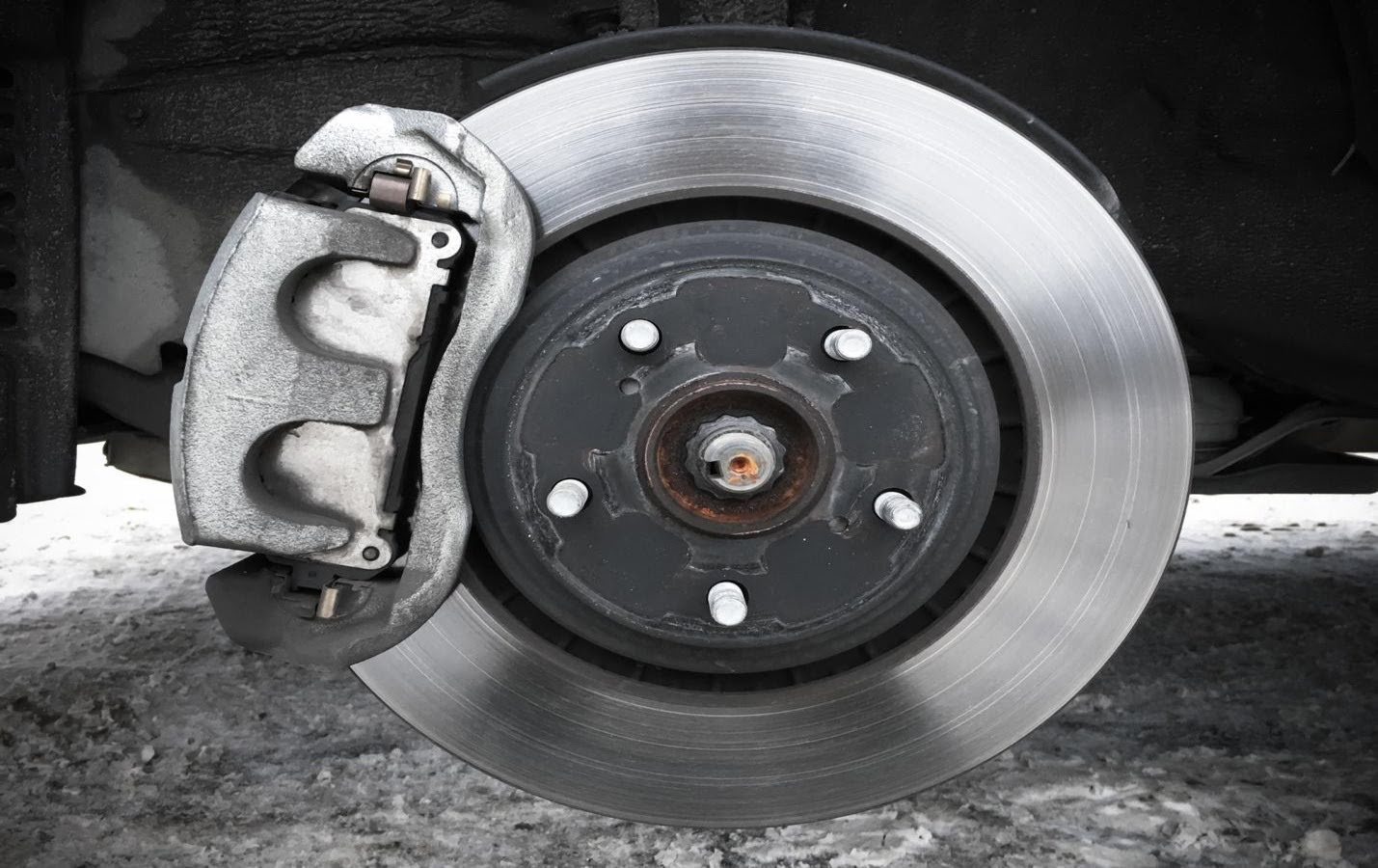
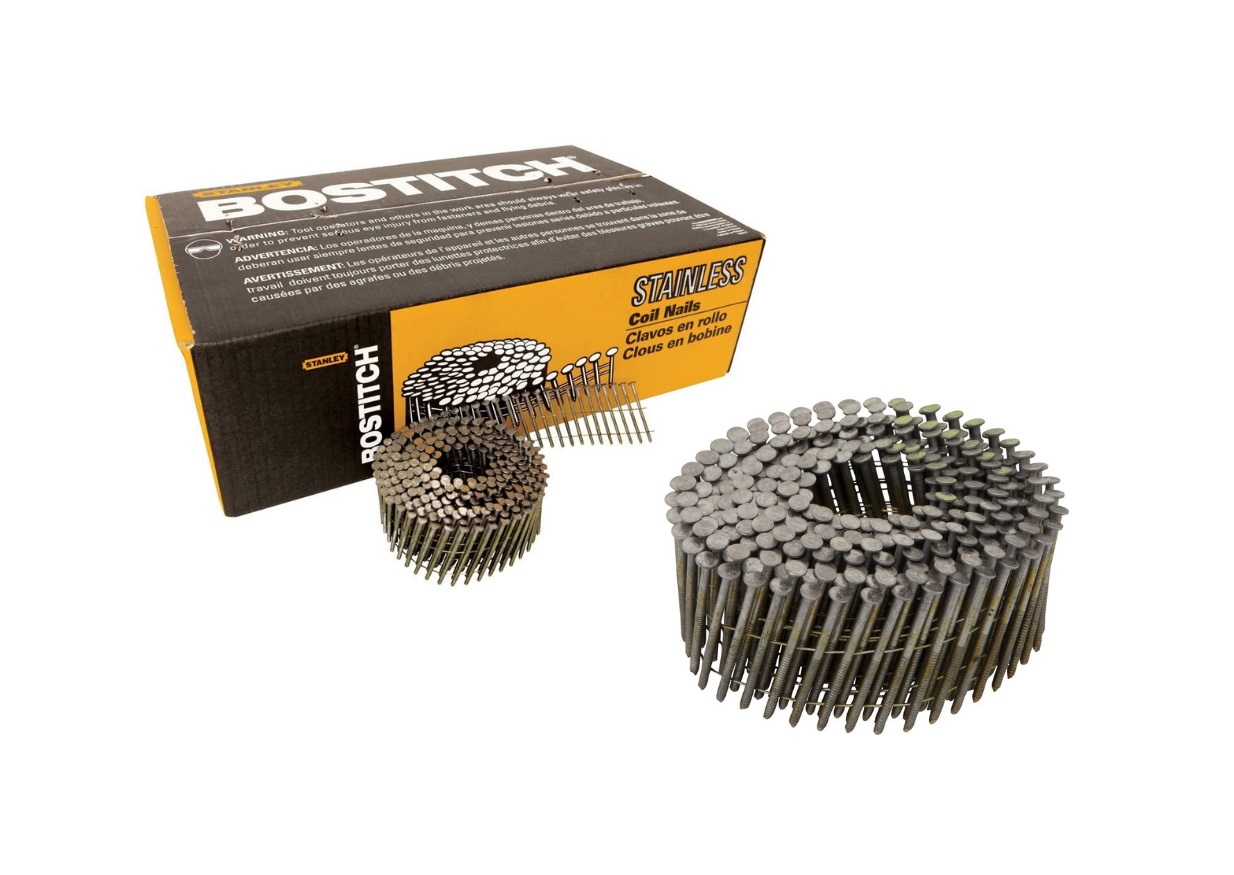



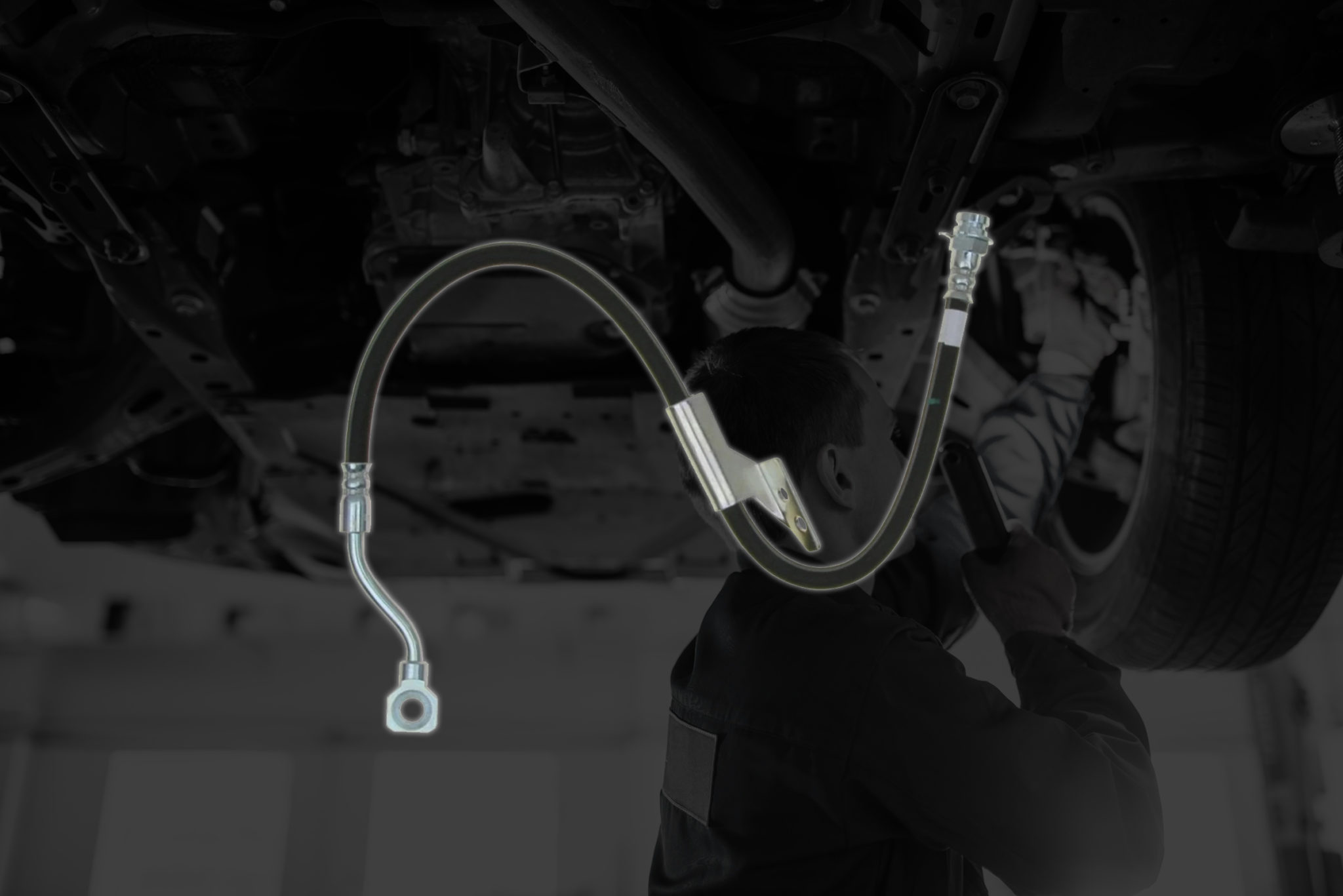
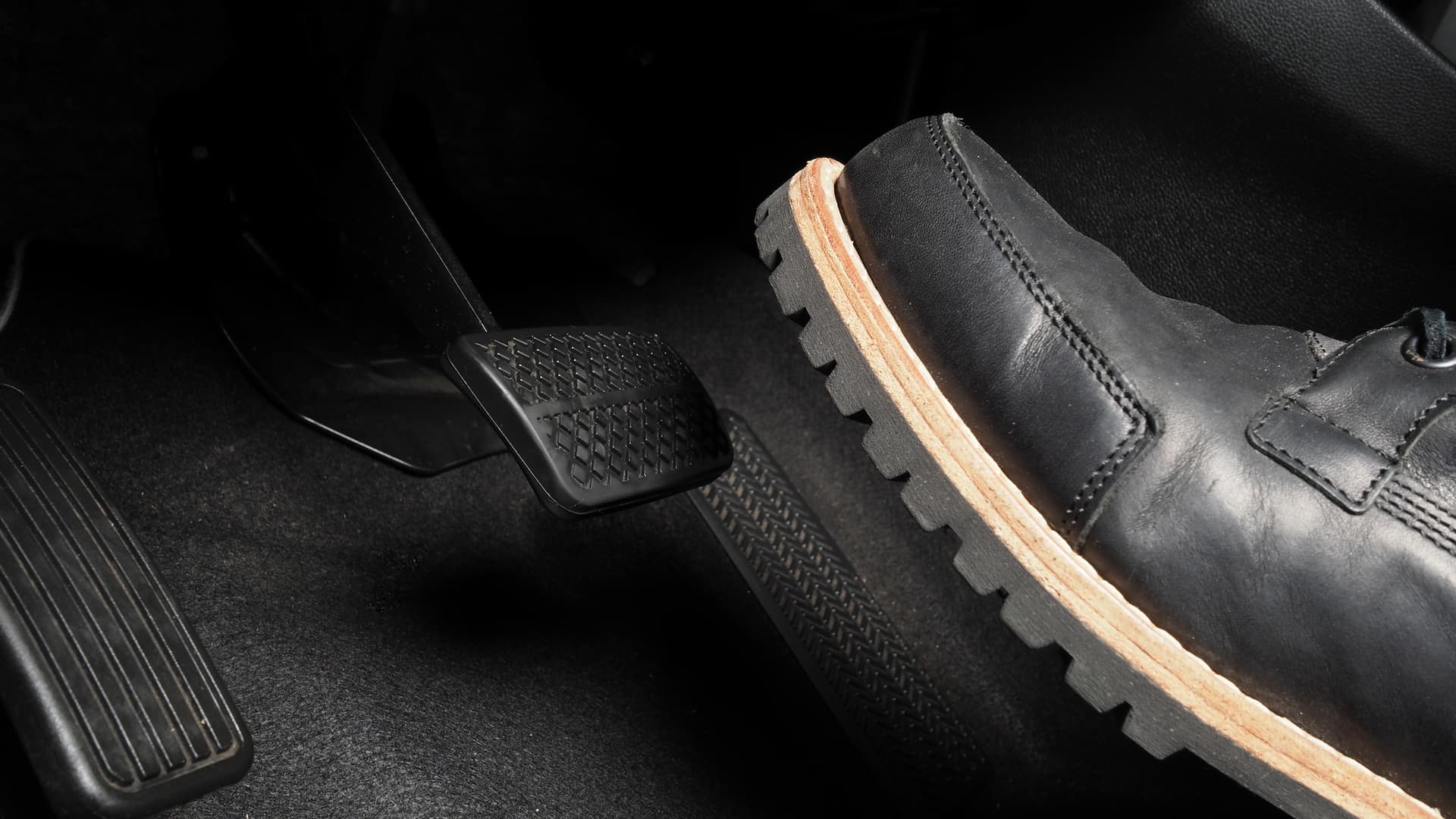
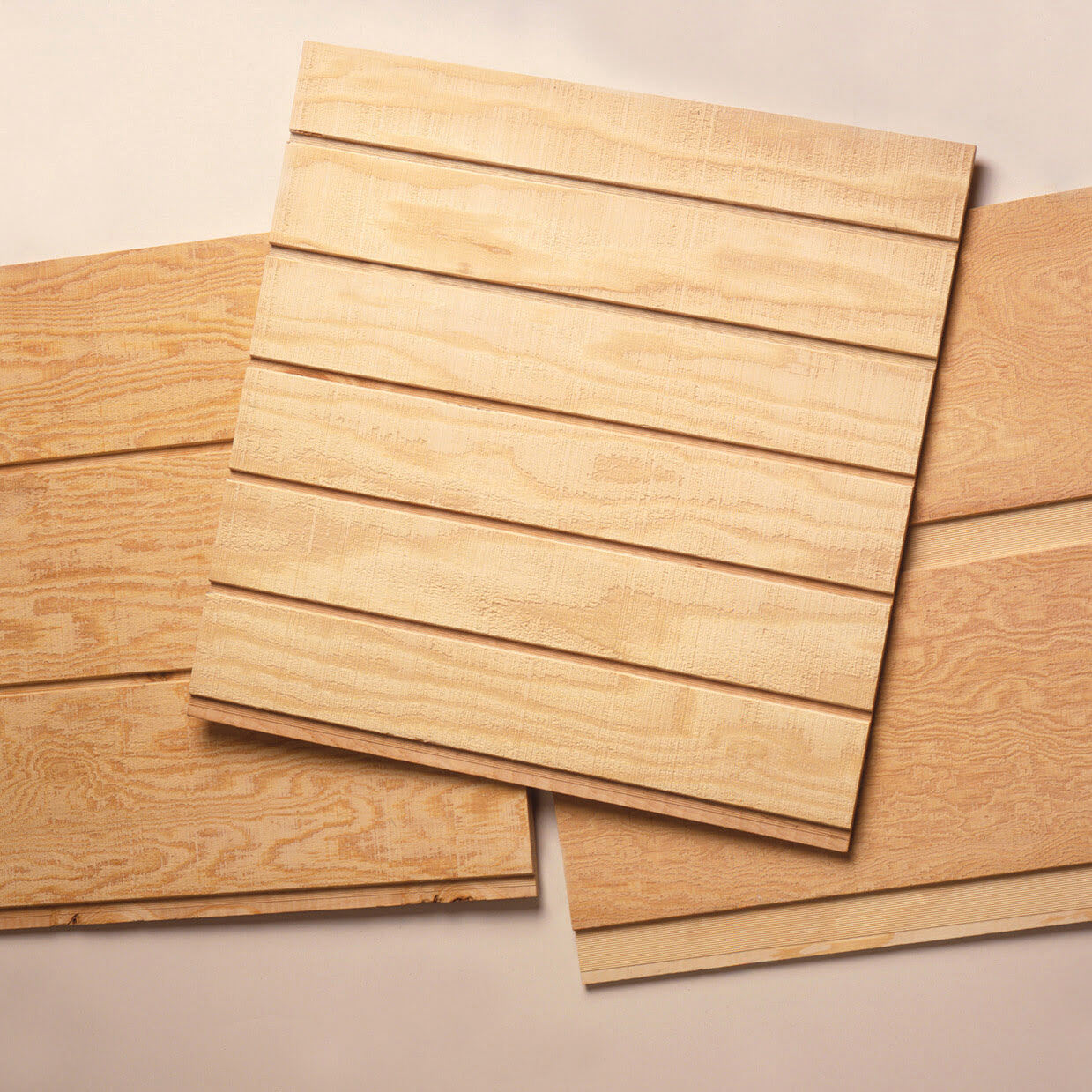

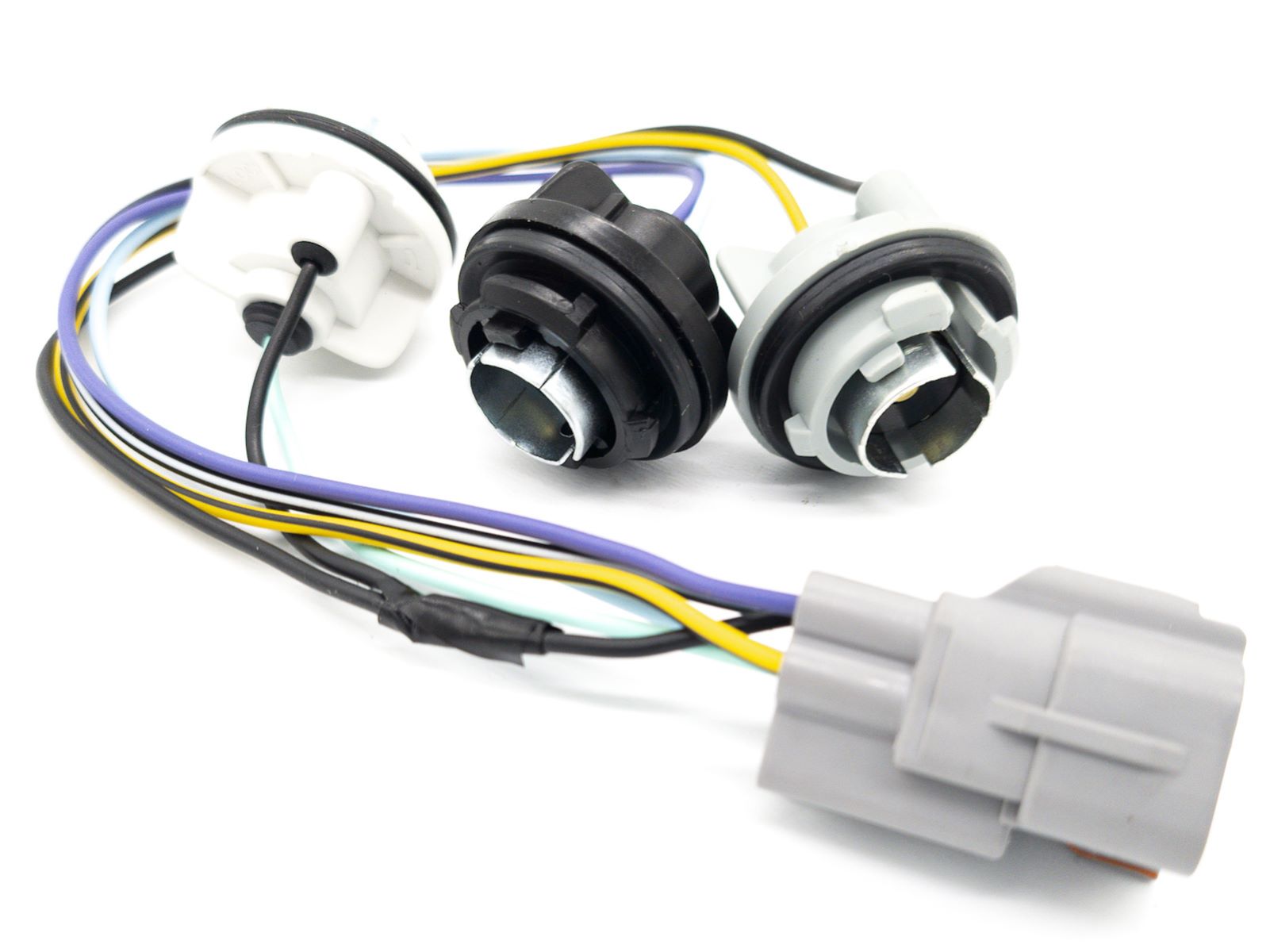

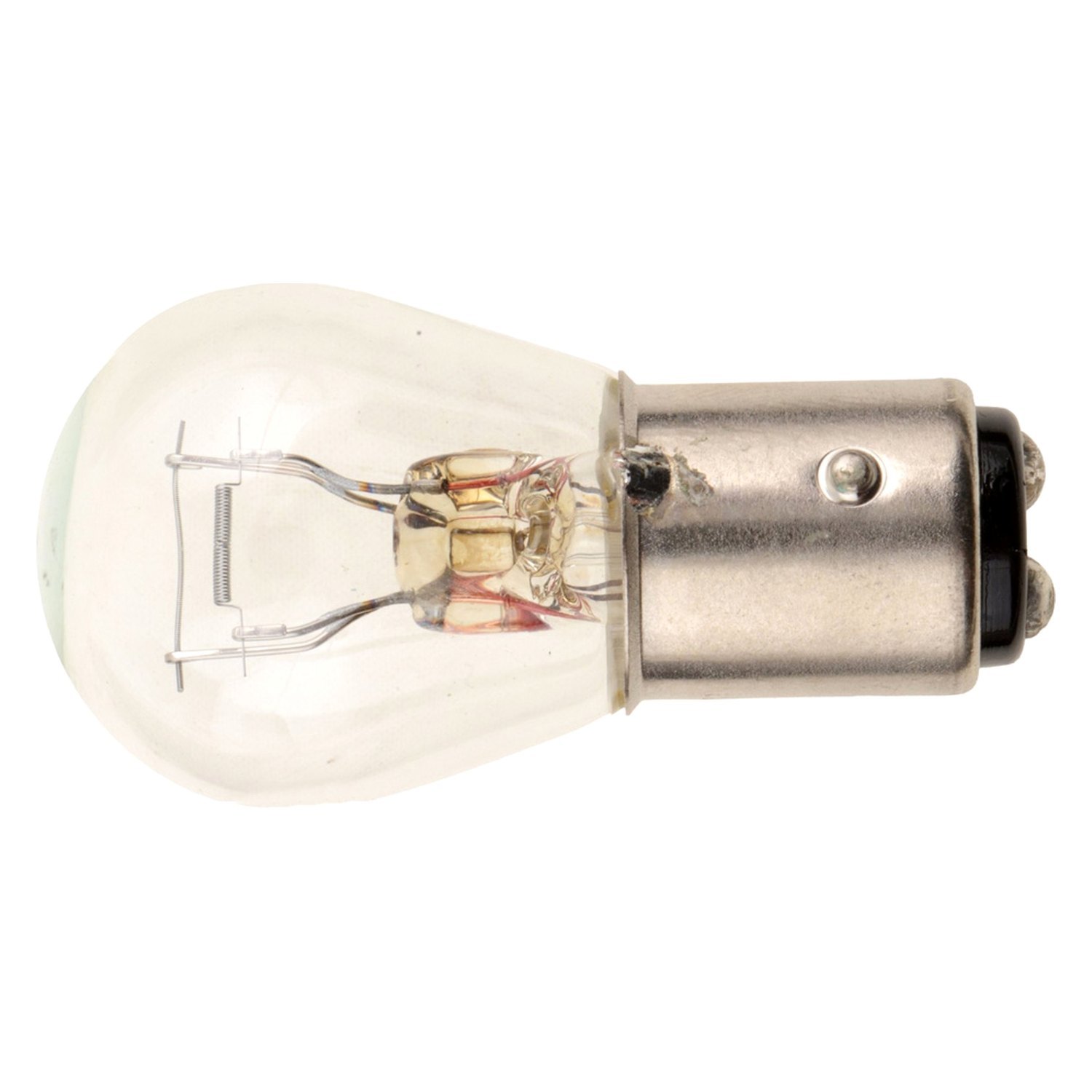

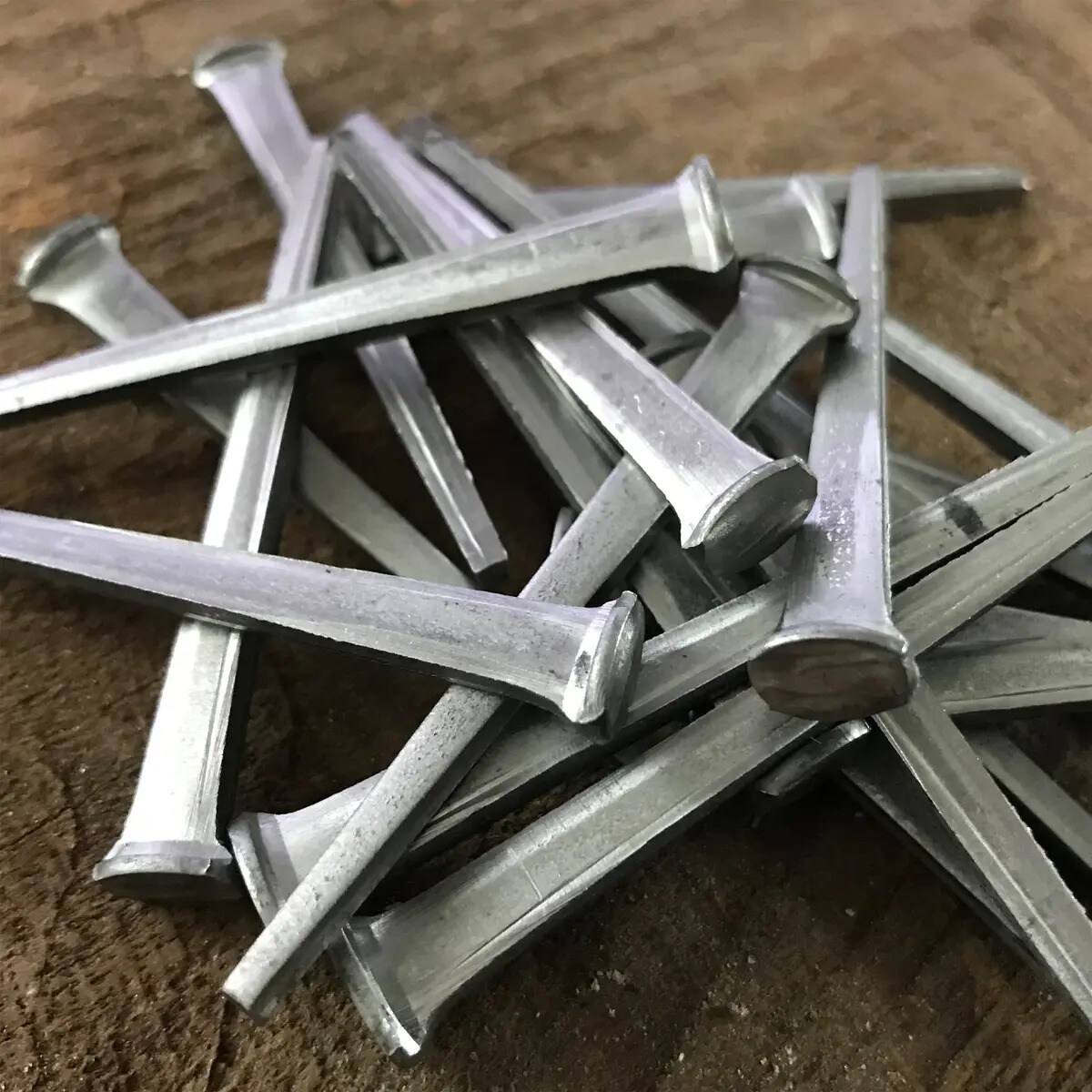

0 thoughts on “How To Use A Siding Brake”